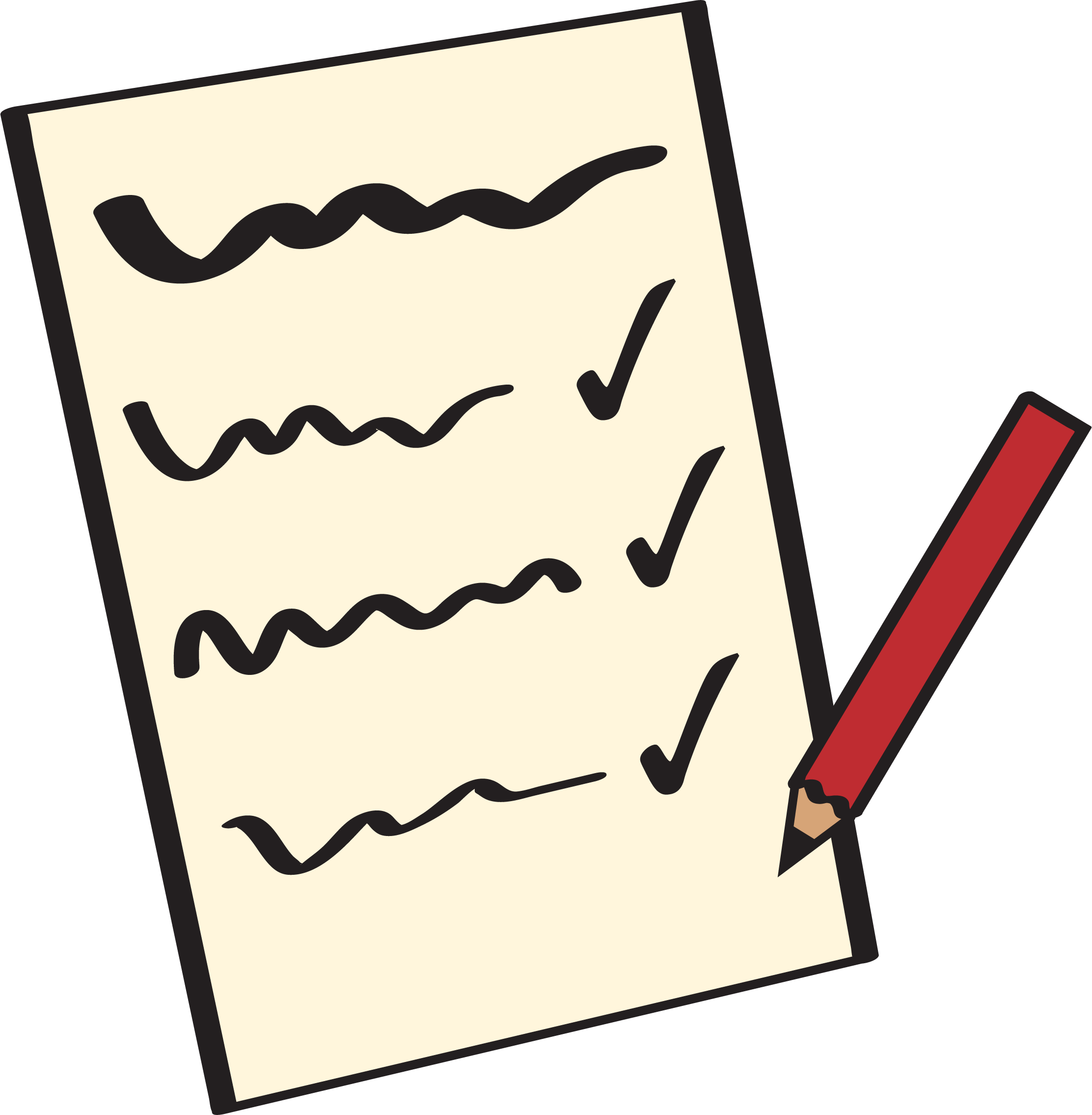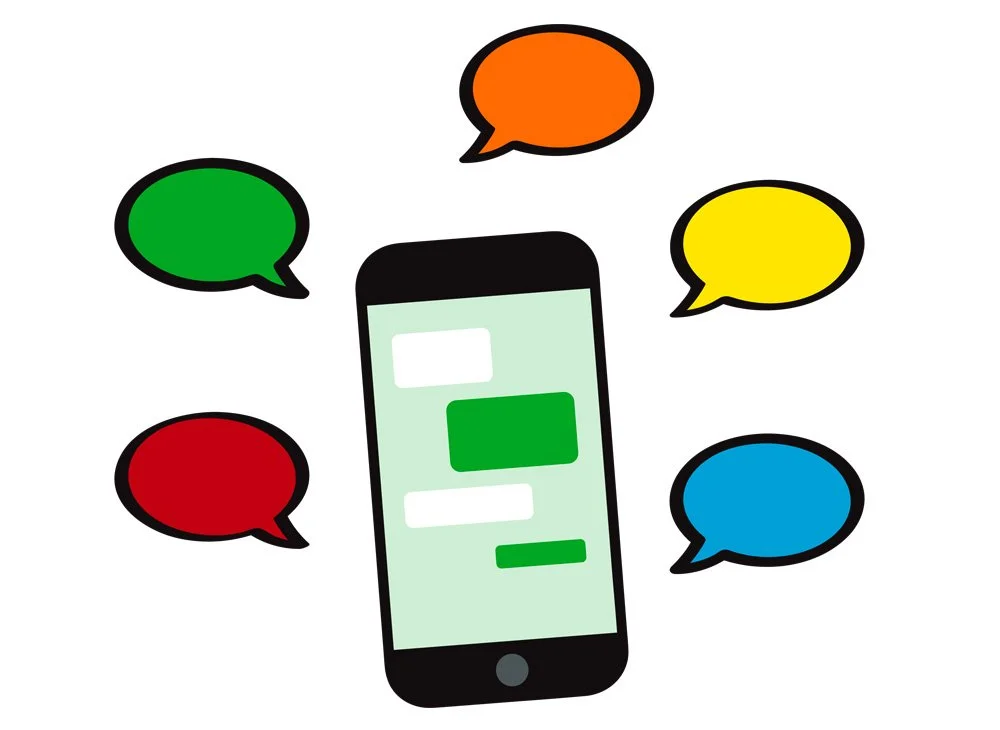Get Ready
To get ready for a disaster in Auckland:
Create a household emergency plan that includes safe meeting points, contact details, and local evacuation routes.
Build an emergency kit with food, water, a torch, radio, medication, and first aid supplies.
Stay informed through trusted sources like Auckland Emergency Management and MetService.
Prepare for power or communication outages by storing backup batteries and important documents.
Know your flood and tsunami risk, and practice your plan regularly.
Community connections also strengthen resilience – check on neighbours, especially vulnerable people.
Being prepared saves lives, protects property, and helps Auckland bounce back more quickly after a disaster.
Checklist
Create a household emergency plan and write it down. Your checklist should include emergency contact numbers, safe meeting points, evacuation routes, and key supplies. Involve all household members, including children, so everyone knows what to do. Review and update the plan regularly, especially after any big changes like moving house or starting a new job. Practice your plan with drills. A checklist helps reduce stress during a real emergency, ensuring nothing important is forgotten. Keep copies of the plan somewhere visible and another in your emergency kit.
Community Support (Neighbours)
Build strong relationships with your neighbours. In a disaster, community connections can save lives. Check who in your area may need extra help – like the elderly or disabled – and talk about how you can support each other. Create a neighbourhood network for communication and sharing resources like water, food, and tools. Know who has skills like first aid or construction. A united community is more resilient and can recover faster. Working together before an emergency makes responding easier and less isolating. Plan regular catch-ups or join a local community response group.
Communication Plan
Have a communication plan in place. Disasters can disrupt phone lines and internet. Identify an out-of-town contact everyone can check in with. Agree on meeting places in case you’re separated. Include emergency numbers and a printed contact list in your kit. Use text messages instead of calls during emergencies—they use less bandwidth and are more likely to go through. Consider battery-powered chargers or solar banks to keep devices powered. Keep everyone in your household informed about the plan. Staying connected helps reunite families and coordinate help quickly during a crisis.
Water Supply
Store at least three litres of water per person per day for at least three days. This covers drinking, cooking, and hygiene. Use clean, food-grade containers and keep them in a cool, dark place. Consider water purification tablets or filters if you need to collect water from other sources. Rotate stored water every six months. Water is essential for survival, and disruptions to supply can happen quickly in floods, earthquakes, or other emergencies. Plan ahead to ensure your family stays hydrated and healthy when normal water sources are unavailable.
Canned Food
Keep a three-day supply of non-perishable food, such as canned goods, in your emergency kit. Choose items that don’t require refrigeration or cooking. Include a manual can opener and utensils. Store food in a cool, dry place and check expiry dates regularly. Consider dietary needs for family members, including babies, elderly people, or those with allergies. In times of crisis, food may not be available for days, so having an adequate supply ensures you stay nourished and healthy. Remember to rotate your stock to keep it fresh and safe to eat.
Pet Supplies
Don’t forget your pets when preparing for emergencies. Keep a supply of food, water, a leash, and any required medications for at least three days. Include a carrier or crate, especially if you might need to evacuate. Pets can be distressed during disasters, so familiar items like toys or blankets can help comfort them. Make sure pets have identification tags or are microchipped in case you’re separated. Research pet-friendly shelters and plan how you’ll transport your animals. Responsible pet care is part of a good emergency plan, ensuring all family members stay safe.
Battery-Powered Radio
In a disaster, reliable information is vital. A battery-powered or hand-crank radio can keep you informed when phones and the internet are down. Tune in to emergency broadcasts for updates on weather, evacuation orders, or relief efforts. Choose a radio with multiple power options, including solar, and keep extra batteries in your kit. Some radios also have torches and charging ports. Knowing what’s happening allows you to make informed decisions and stay safe. Test your radio occasionally to make sure it works when you need it most.
Battery-Powered Radio
A reliable torch is vital during power outages. Choose a torch that’s durable, water-resistant, and has long battery life. Store spare batteries and check them regularly. Headlamps are also handy as they free up your hands. Keep torches in multiple locations – your emergency kit, car, and beside your bed. Solar-powered or wind-up torches are great for long emergencies. Light is important for safety, navigation, and reassurance in the dark. Don’t rely solely on phone torches, as conserving phone battery is essential for communication during emergencies.
Multi-tool
A multi-tool can be incredibly useful in emergencies. These compact gadgets often include knives, screwdrivers, can openers, pliers, and scissors – all in one tool. In a disaster, you might need to make quick repairs, open cans, or cut rope. Choose a sturdy, quality multi-tool and learn how to use its functions safely. Store it in your emergency kit and consider keeping one in your car or backpack as well. Its versatility makes it a must-have item for survival, especially when you’re cut off from usual resources or professional tools.
First Aid Kit
A well-stocked first aid kit is essential in any emergency. It should include bandages, antiseptic wipes, gloves, tweezers, pain relievers, and any necessary personal medications. In a disaster, medical help might not be immediately available, so being able to treat minor injuries is critical. Learn basic first aid skills and check your kit regularly to replace expired items. Store the kit in an easy-to-reach place and ensure everyone knows where it is. You might need kits for your home, car, and workplace. Being prepared can prevent small injuries from becoming serious.
Face Mask
Keep a supply of face masks in your emergency kit. During disasters like wildfires, pandemics, volcanic eruptions, or dust storms, masks help protect your lungs from harmful particles and germs. Choose masks that fit well and offer the right level of protection, such as N95s. Include enough masks for everyone in your household and remember to replace them if they become damp or dirty. Educate family members on when and how to wear them properly. Having face masks ready supports your health and safety when air quality is poor or disease outbreaks occur.
Emergency Toilet (Bucket Toilet)
In an emergency, your usual toilet may not work due to water outages or infrastructure damage. An emergency toilet, such as a bucket toilet with a lid and liners, can help maintain hygiene. Line it with biodegradable bags, add absorbent material like sawdust or cat litter, and keep cleaning supplies nearby. Store toilet paper and hand sanitizer with it. Proper waste disposal is crucial to prevent disease and maintain dignity during emergencies. If you live in an apartment or dense housing, consider how you’ll manage waste in a shared space.














